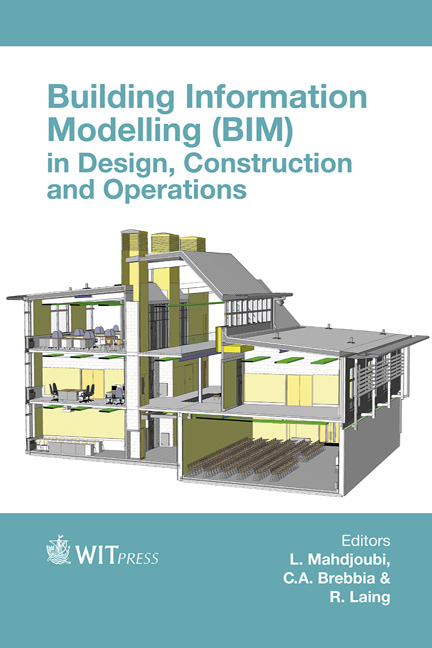BIM Methodology As An Integrated Approach To Heritage Conservation Management
Price
Free (open access)
Transaction
Volume
149
Pages
12
Page Range
265 - 276
Published
2015
Size
1,115 kb
Paper DOI
10.2495/BIM150231
Copyright
WIT Press
Author(s)
A. L. C. Ciribini, S. Mastrolembo Ventura, M. Paneroni
Abstract
Building Information Modelling (BIM) is enabling the dissemination and improvement of strategies for planned conservation. Through the implementation of BIM models in two case studies, different both in terms of size and scope of restoration and refurbishment, it was possible to assess the suitable ways for collecting and managing heterogeneous data generated by various disciplines. Furthermore, the collaboration amongst various stakeholders involved in the conservation process was investigated. Issues of integration and interoperability over the phases of the conservation process were analysed: starting from the architectural survey, carried out by laser scanning technology combined with the traditional survey, as far as the management of data as a function of future maintenance phase. Using these technologies, problems related to the building information model of the current condition of heritage buildings and the information exchange between different software environments were observed. Applying BIM workflows on restoration and refurbishment projects allowed to evaluate the potential of these technologies for different stages of the process: survey, design phase, monitoring work progress and evaluation of proposed amendments and changes. It was also possible to deal with safety management. Finally, the possibility of applying the 4D BIM technology, which combines the 3D BIM model to the construction work plan, has been analysed.
Keywords
BIM, BHIMM, BIM survey, interdisciplinarity, interoperability, planned conservation, sustainability of buildings





